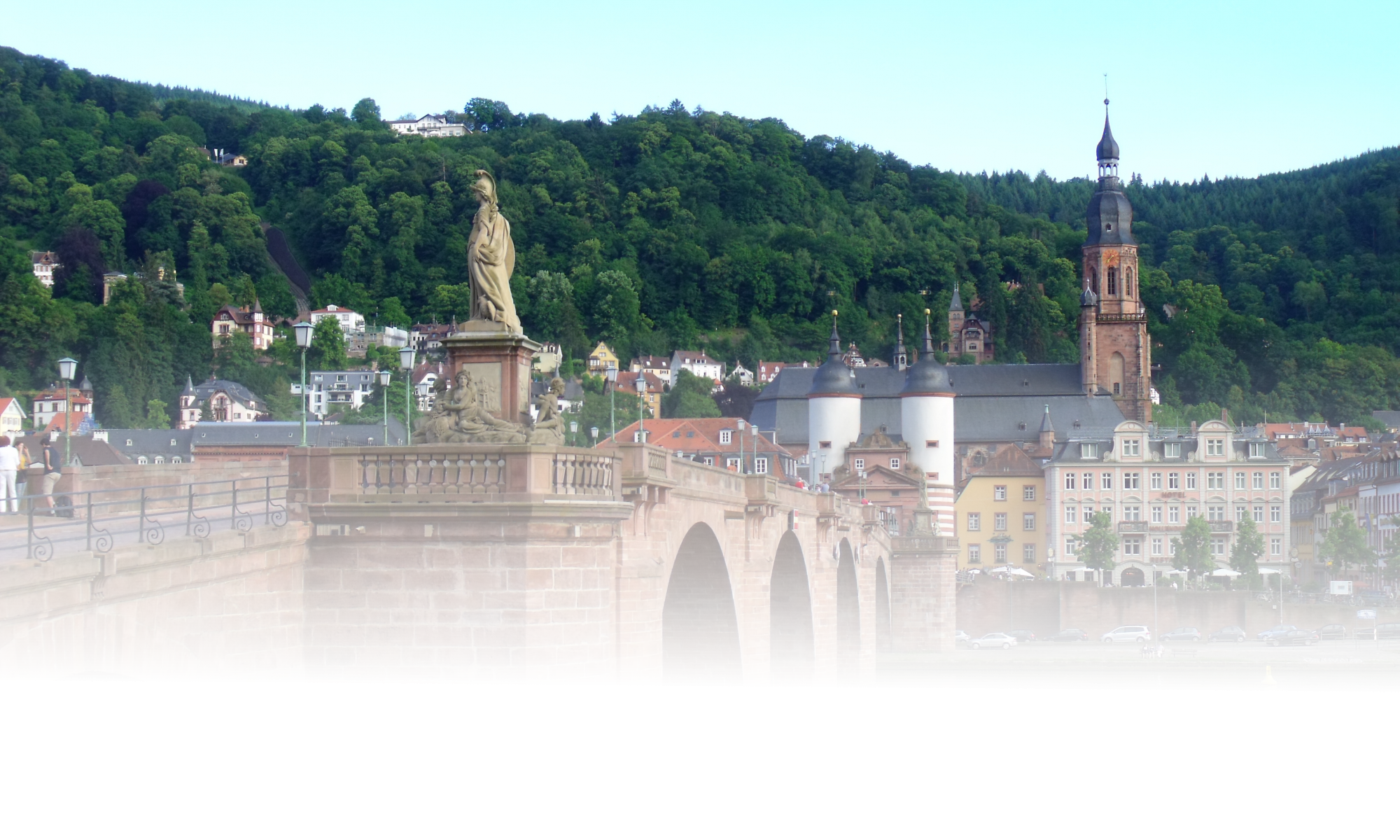The recent availability of user-generated geographic datasets allows gaining novel insights into otherwise hardly observable societal phenomena. Geosocial media forms one important source of user-generated information, which partly describes the everyday lives of people. The analysis of these kinds of data, however, requires new approaches. Geosocial media data—like those extracted from Twitter, Flickr, Instagram, and others—differ from established sources in that they are largely inherently platial in nature. People provide their own subjective opinions or perceptions, and taken together these represent the digital social imagination of places. Crisp and objective geographic data primitives like points, lines or polygons are not necessarily the preferable units for analysing these kinds of information. Platial analysis approaches are thus needed to fully exploit the potential of geosocial media and related data. Yet, while human geographers and social scientists have been theorizing on the concept of place since a long time, and despite of invocations by leading GIScience researchers, we are still lacking a universal theory on the formalization of places and how to make them available to quantitative and other GIS-related analysis strategies. Partly, this lack has been due to the insufficient availability of platial data, but the appearance of geosocial media might change this condition. It is therefore time to rethink our geographical analysis strategies with a focus on “place” instead of “space”.
We therefore encourage you to participate in our two-day workshop for discussing the following topics:
- How could existing GIScience theories on space be integrated with the human-geographic and philosophical notion of place?
- How can we—analogous to points, lines and polygons—derive platial units as counterparts to the established GIS primitives?
- How is it possible to establish and quantify relationships between adjacent places?
- What might be a suitable strategy for aggregating subjective platial information?
- What are the roles of uncertainty, fuzziness, and subjectivity in a place-based theory of geographical information?
- In which ways can places be visualized, and how can we do that at multiple scales?
- How can platial analysis be integrated with applied research agendas from neighbouring disciplines like sociology/regional science, urban planning, or human geography?
- How to align Tobler’s first law of geography with a platial notion of geospatial analysis?
- Further topics are welcome if they fit the overall theme of this workshop.
Apart from discussing the above topics, it is our particular goal to establish an interdisciplinary dialogue involving geographers, computer scientists, social scientists, and other related scholars.
Convenors
René Westerholt, Heidelberg University, westerholt@uni-heidelberg.de
Franz-Benjamin Mocnik, Heidelberg University, mocnik@uni-heidelberg.de
Alexander Zipf, Heidelberg University, zipf@uni-heidelberg.de
Programme Committee
We are grateful to our programme committee members for their support to make PLATIAL’18 a big success:
Gennady Andrienko (City University London, United Kingdom)
Thomas Blaschke (University of Salzburg, Austria)
Dirk Burghardt (Technical University of Dresden, Germany)
Alexis Comber (University of Leeds, United Kingdom)
Sara Irina Fabrikant (University of Zurich, Switzerland)
Andrew U. Frank (TU Wien, Austria)
Hans Gebhardt (Heidelberg University, Germany)
Michael F. Goodchild (University of California, Santa Barbara, United States)
Krzysztof Janowicz (University of California, Santa Barbara, United States)
Alan MacEachren (The Pennsylvania State University, United States)
Grant McKenzie (McGill University, Canada)
Franz-Benjamin Mocnik (Heidelberg University, Germany)
Alenka Poplin (Iowa State University, United States)
João Porto de Albuquerque (University of Warwick, United Kingdom)
Ross Purves (University of Zurich, Switzerland)
Simon Scheider (Utrecht University, The Netherlands)
Lisa Teichmann (McGill University, Canada)
Sabine Timpf (University of Augsburg, Germany)
René Westerholt (Heidelberg University, Germany)
Stephan Winter (University of Melbourne, Australia)
Diedrich Wolter (University of Bamberg, Germany)
Alexander Zipf (Heidelberg University, Germany)

